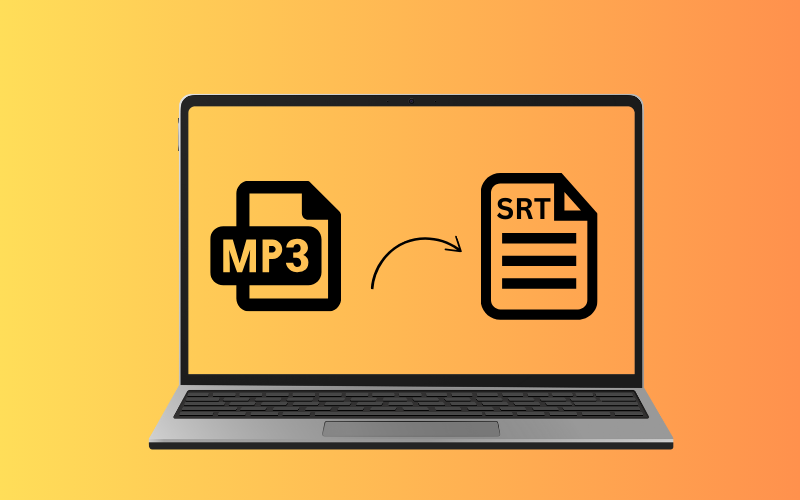In today’s digital age, ensuring video content is accessible to all audiences is more important than ever. This includes providing subtitles for viewers who are deaf, hard of hearing, or non-native speakers. The process of converting MP3 to SRT is a key tool in making audio and video content accessible and inclusive. This article explores the importance of this conversion, how it enhances accessibility, and its broader impact on audience engagement.
Understanding MP3 and SRT Files
Before diving into the importance of conversion, it’s essential to understand what MP3 and SRT files are:
- MP3 (MPEG-1 Audio Layer 3): A widely used audio file format that compresses sound data, making it easy to share and store. In video production, MP3 files are commonly used for podcasts, interviews, and voiceovers.
- SRT (SubRip Subtitle): A plain-text file containing subtitle information, such as dialogue timestamps and corresponding text. These files are compatible with most video platforms, making them a universal standard for subtitles.
Converting MP3 to SRT involves transcribing the audio content into text and synchronizing it with the appropriate timestamps. This simple yet effective process opens up numerous benefits for both creators and audiences.
The Importance of MP3 to SRT Conversion
1. Enhancing Accessibility
One of the primary reasons for converting audio files into subtitles is to make content accessible to diverse audiences. Adding subtitles ensures that:
- Deaf and Hearing-Impaired Viewers: Subtitles provide a written version of spoken content, making videos comprehensible for individuals with hearing impairments.
- Non-Native Language Speakers: Subtitles help non-native speakers understand video content more effectively, bridging language barriers.
- Public Environments: Subtitles allow people to engage with video content in noise-sensitive areas like libraries or crowded public spaces.
Without the option to convert MP3 to SRT, creators risk excluding a significant portion of their audience.
2. Improving Content Engagement
Subtitles do more than enhance accessibility—they boost viewer engagement. Studies show that videos with subtitles retain viewers longer and improve comprehension. Whether it’s a marketing video or an educational tutorial, adding subtitles helps:
- Reinforce the key points of the content.
- Allow viewers to consume content without relying on sound.
- Make videos searchable, as subtitle text can often be indexed by search engines.
These benefits make MP3 to SRT conversion a crucial step in content creation for modern platforms.
3. Supporting Compliance with Legal Standards
In many countries, accessibility laws require certain types of content to include subtitles. Regulations like the Americans with Disabilities Act (ADA) in the United States mandate that public-facing videos be accessible to individuals with disabilities. By converting MP3 to SRT, creators can ensure compliance and avoid legal complications.
Steps for Converting MP3 to SRT
If you’re ready to make your content more accessible, here’s a simple outline of the conversion process:

- Transcription: Use transcription software or services to convert spoken audio into text. Automated tools can speed up this process, though manual corrections may be necessary for accuracy.
- Timestamps: Add timestamps to indicate when each subtitle line appears and disappears in the video.
- Formatting: Save the file in SRT format, ensuring it’s compatible with most video platforms.
With various free and paid tools available, converting MP3 files to SRT has never been easier.
Converting MP3 to SRT is a small yet impactful step toward creating accessible, engaging, and compliant video content. By making audio content available as subtitles, creators can expand their audience reach, boost engagement, and foster inclusivity. As digital content continues to dominate communication, prioritizing accessibility through simple solutions like MP3 to SRT conversion is a responsibility every creator should embrace.
